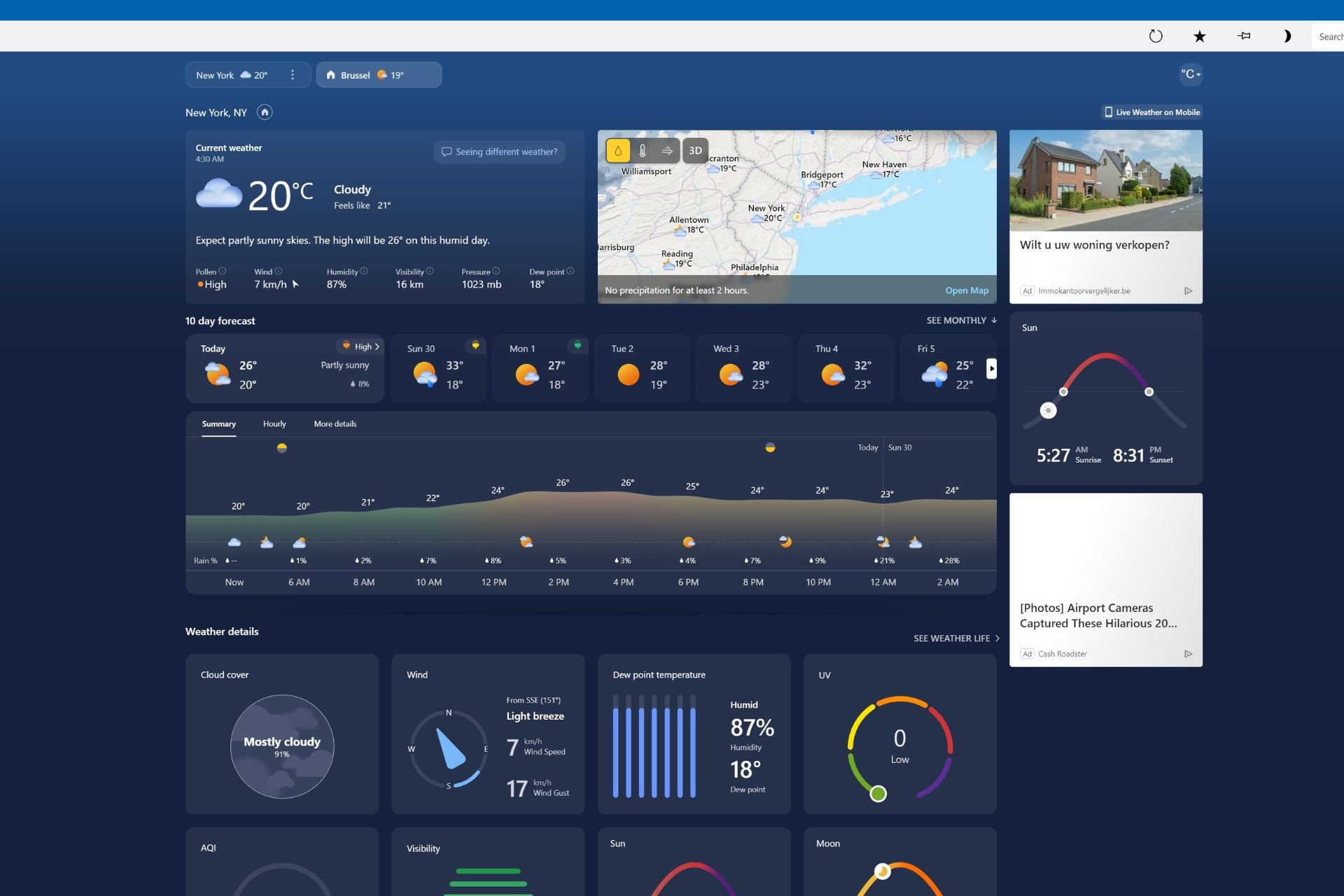Microsoft will improve Copilot for Security using Azure WAF and Firewall
The AI can generate insights about cyberattacks in minutes
3 min. read
Published on
Read our disclosure page to find out how can you help Windows Report sustain the editorial team Read more

Microsoft is working to bring the capabilities of the Azure Web Application Firewall (WAF) and Azure Firewall into the Copilot for Security. The AI tool features a dataset of 78 trillion or more security signals. Also, it combines AI analysis with human expertise and provides insights quickly. In addition, it can help experts combat cyber threats. A public preview will be available on May 21, 2024.
What are the Azure WAF and Firewall for?
The Azure WAF and Firewall protect your network and applications from sophisticated threats using default rule sets, Microsoft threat intelligence, and automatic patching for zero-day vulnerabilities. Additionally, they process packages, analyze signals from network sources, and generate logs.
Microsoft can potentially fix the issues generated by the shortage of cybersecurity experts using AI. In addition, tools like Azure WAF and Firewall combined with Copilot could handle simple and recurring threats. Thus, cybersecurity experts could shift their focus to new threats.
Azure WAF and Firewall could enhance the capabilities of Copilot for Security. Thus, AI could solve operations that specialists could solve in hours or days. On top of that, Tier 1 and 2 specialists could use Copilot to elevate their skills and fix problems meant for Tier 3 and 4 experts. Also, AI can translate insights and investigations into natural language.
How does Copilot improve the Azure services?
The Azure WAF’s integration in Copilot for Security can detect and block attacks against web applications and APIs. Furthermore, it creates terabytes of log data from its detections. Afterward, it sends them to the Log Analytics service. Yet, according to Microsoft, experts can synthesize and summarize data using Copilot and Azure WAF in minutes. Additionally, they can investigate malicious IP addresses and analyze SQL injections (SQLi) and Cross-site scripting (XSS) attacks that the Azure WAF and Firewall blocked.
Copilot improves the efficiency of Azure Firewall. Thus, cybersecurity experts can spend less time investigating the data provided by the tool. Additionally, the AI assistant gathers information such as IP locations, threat ratings, and details about possible vulnerabilities. Also, Copilot can repeat the process on other firewalls. On top of that, Copilot can give insights into how threat actors are targeting the infrastructure by correlating available data.
Ultimately, integrating Azure WAF and Firewall using Copilot for Security improves the efficiency of cybersecurity specialists. In addition, they can use the AI to speed up their work. On top of that, lower-tier specialists can easily elevate their skills.
What are your thoughts? Are you going to use Azure WAF and Firewall? Let us know in the comments.








